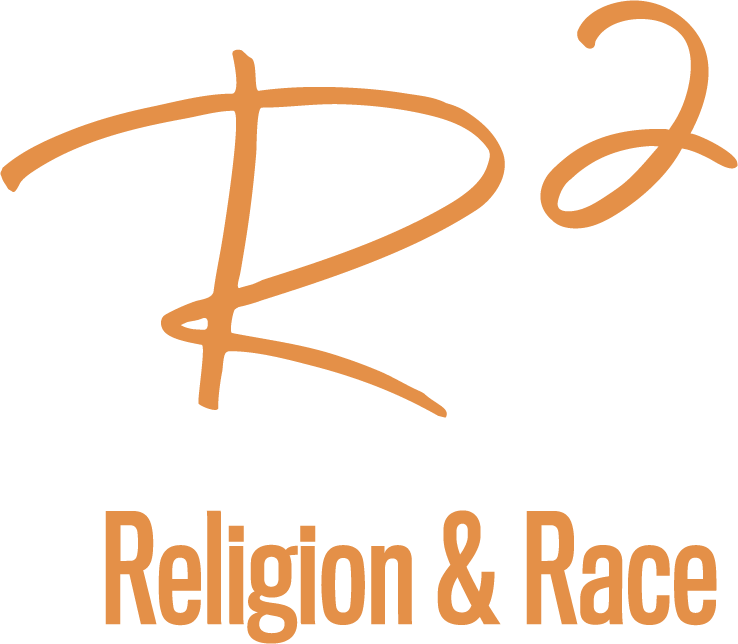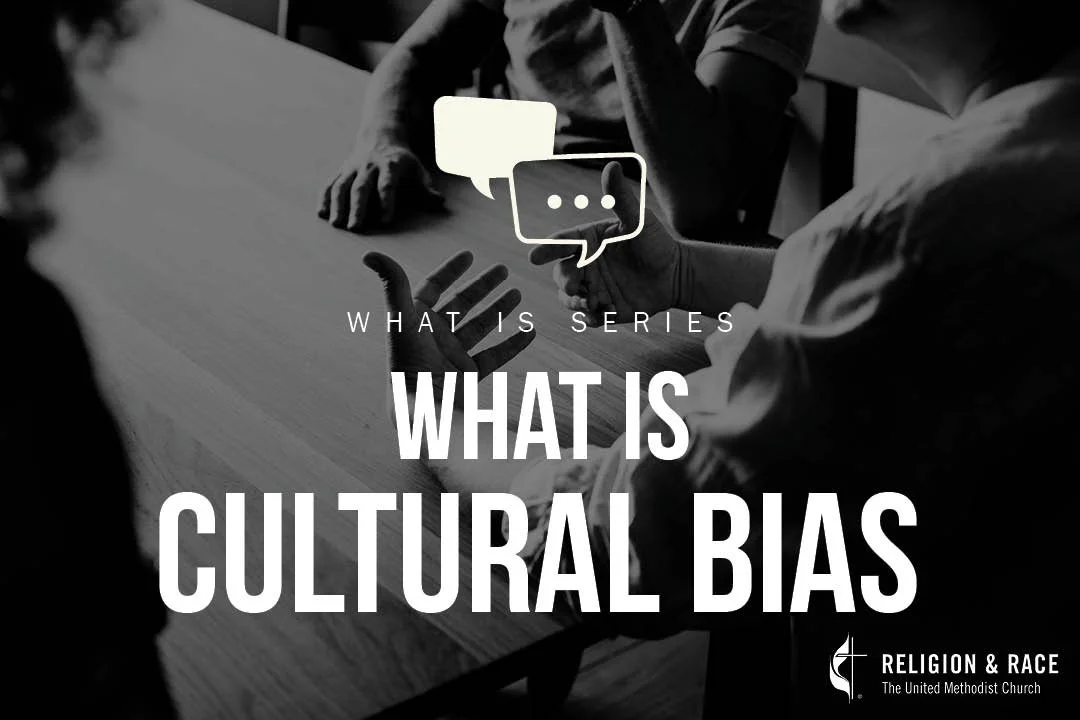What Is Cultural Bias?
As humanity’s understanding and discussion of the concepts of race, racism, and antiracism have evolved over generations, so have the words and phrases we use as we continue the work of obeying God and advancing racial justice.
In this “What Is?” series, the General Commission on Religion and Race offers this compilation of concise definitions, examples, and Biblical/theological foundations to create common vocabulary for Christians as we engage in anti-racism work.
Our hope, as you engage this series, is that the learning equips you to move into deeper waters in anti-racism work in your respective context.
Visit the series homepage for more information on other anti-racism resources.
Haga clic aquí para este recurso en español.
Definition:
Cultural bias occurs when an individual or group imposes their cultural values and norms on other groups. Cultural bias assumes that one’s own culture is superior to others. When it is backed by social power, cultural bias can lead to policies and practices that demean, dismiss, and even destroy other cultures and the people in those cultures.
Such individual and group bias becomes systemic when group bias is backed up by political, economic, and social systems. In those cases, respect and equity among cultural groups are sacrificed in favor of the dominant group and the cultural norms of the group.
Example(s) of Cultural Bias:
An older adult complains that contemporary Christian gospel music preferred by some young adults is inferior to the 18th-century hymns elders grew up with (personal bias against young people’s culture).
Members of a faith community complain that the new pastor’s speaking accent is “different” from those of most members, assuming said accent is “inferior.”
White U.S. parents protest school curricula that discuss enslavement of African Americans, massacres of Native people to steal their land, Japanese American interment, etc., as being “harmful” to their children, while ignoring the real, lived experiences and histories of Black, Indigenous and People of Color (group bias against people of other races/cultures).
When the protests of the above-mentioned curricula crystalize into statewide policies that ban books and penalize teachers for teaching history that include the real, lived experiences and histories of Black, Indigenous, and People of Color.
Biblical/Spiritual/Theological Framing or References:
The God who loves us created humankind in God’s holy image and that “image” includes people of diverse skin colors, eye shapes, languages, family systems, expressions of worship, and circumstances. Further, our geographic locations, heritages, experiences, interactions with one another, and modes of expression define our different cultures.
“Difference” is only a “threat” if one culture deems itself normative, superiority, and the measure by which all other cultures are measured. Unfortunately, human beings too often assert their nationality, their language, their histories, their stories, and their race and ethnicities as superior, preferred, and standard for others.
When group biases are forced on others by systemic might, racism, xenophobia, classism, ageism, heterosexism, “go back to your country-ism,” and violent other-ing tear apart the human family and displease and disappoint our Creator.
In Christ, each member of God’s human creation is called to foster equity and flourishing for other people. As the writer of Ephesians 4:1-3 implores:
I therefore, the prisoner in the Lord, beg you to lead a life worthy of the calling to which you have been called, with all humility and gentleness, with patience, bearing with one another in love, making every effort to maintain the unity of the Spirit in the bond of peace.
Unity in peace does not require uniformity and conformity to one group’s culture. Rather, followers of Jesus Christ are invited to come together to love, serve, and witness to the One God who made and loves us all.
Reflection Questions:
Think of the last sermon you heard and the illustrations to which the preacher referred. What cultures were reflected in the sermon? (i.e., a story about a U.S. farmer or a Japanese lawyer, a quotation from a woman theologian or a Latinx inspirational writer)
During the past week, how many news stories did you read or see on television where the experts were under 30? Black, Indigenous, and People of Color? People from a nation other than your own? How does that compare with the number of items you saw where the experts are from your own racial group? Your community? Your language/accent?
Look at the art in your sanctuary that depict Jesus, the disciples, Moses, Adam, Eve, Noah? What skin colors, hair textures, eye shapes are depicted? What message might these works of art convey to children about the race, culture, and language of Jesus and about the culture of God’s people?
Additional Resources:
12 Cultural Bias Examples (From helpfulprofessor.com)

